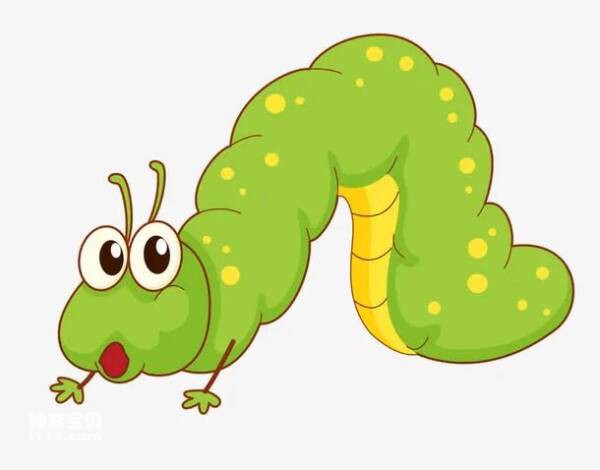Food plays a decisive role in the life and distribution of insects. Different types of insects have obvious selectivity and adaptability to their own food. The cabbage caterpillar that damages cabbage will not eat corn; the armyworm will not damage cabbage; the corn borer will not eat wheat; and the pine caterpillar will not eat willow leaves. Some warehouse pests will not go to the fields to cause damage, and some fur pests will not eat grain.
The food of insects is also closely related to their body size, food intake and color. Rice weevils and bean weevils that steal grains will burrow into the grains with their entire bodies when causing harm, and their bodies will never exceed the size of the grains. The apricot wasp larvae that damages apricot kernels cannot eat more than one almond in its lifetime; a coriander larvae cannot eat more than one locust egg. Otherwise, they will not be able to complete the growth and development stage of the larval stage and may even be starved. die. Corn borer, sorghum borer, beetle larvae, girdworm larvae, etc., because they live in plant stems in their young stages and are not exposed to light, the color of their bodies is mostly white or off-white.

Food habit is the habit of taking food. There are many types of insects, which is inseparable from the differentiation of insect feeding habits. According to statistics, among all insects, about 48.2% eat plants, which are called herbivorous; about 17% eat decaying matter; 3% are called saprophagous; parasitic insects account for 2.4%; and predatory insects account for 2.4%. 28%; the latter two are collectively called carnivorous; the others are omnivorous, eating both animal and plant foods. As you can see from these statistics, plant-eating insects are the most numerous of all insects. About half of the existing insects feed on higher plants. Herbivorous insects have different feeding methods and parts of plants due to their different mouthpart structures. Some feed on plant tissue, and some feed on juice. Some eat leaves, some bore stems, and some bite roots; some eat flowers and seeds, and some can eat several parts. Therefore, there can be several to dozens or even hundreds of insect species on the same plant.
On the basis of the above differentiation of feeding habits, insects can be further divided into specialized types of feeding habits such as monophagy, oligophagy and polyphagy according to the range of insect food. Some insects only eat one kind of plant and not other plants. Even if they take a few bites occasionally, they will never complete their feeding stage of life. Most of them are species that have less mobility, or that bore into the tissue of plant stems and leaves. For example, the stem borer only feeds on rice; the pear wasp only damages pears, and the pea weevil only damages peas. These species of insects are called monophagous insects. Some insects eat only a few types of plants, or species that are related to these plants. For example, diamondback moth larvae can feed on 39 kinds of vegetables in the Brassicaceae family. This type of insect is called an oligophagous insect. There are also insects that can eat many types of plants that are almost unrelated to them in natural systems. For example, the larvae of cotton bollworm can feed on more than 200 kinds of plants from more than 20 families. Such insects are called polyphagous insects. Even polyphagous pests like cotton bollworms are still selective in their food; among these plants, the most favorite ones are Malvaceae, Solanaceae, and Leguminosae. Among the plants you like to eat the most, you also need to select buds, flowers, fruits and other reproductive organs for food.
Insects have their own optimal food. Although polyphagous insects can feed on a variety of plants, different foods can affect the development speed, survival rate, reproductive rate and diapause of insects. When insects feed on their favorite plants, they develop quickly, have low mortality, and have high fecundity. A kind of plant has different effects on insects because it feeds on different organs. The cotton bollworm develops best if it feeds on brocade bolls, then on young leaves; next on feeding on buds, and worst on large leaves; cotton bollworm larvae like to eat the reproductive organs of cotton the most; because the reproductive organs contain the most water and contain The high sugar content strongly encourages larvae to feed.
animal tags:
We created this article in conjunction with AI technology, then made sure it was fact-checked and edited by a Animals Top editor.